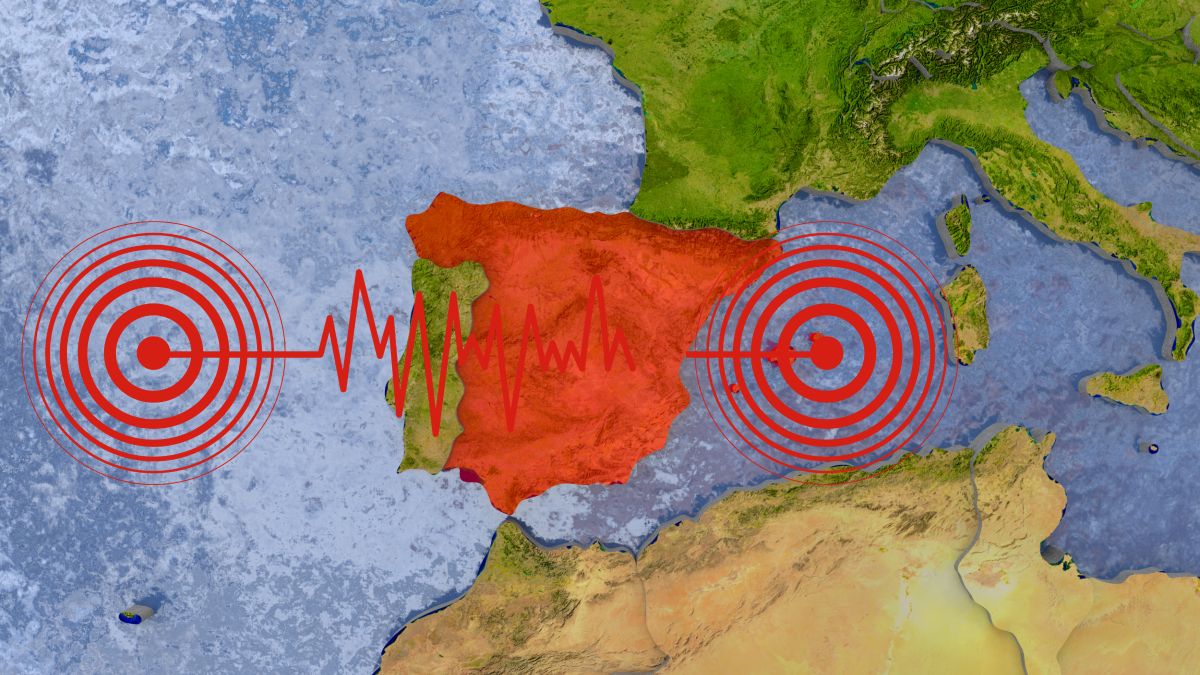A geological anomaly has been discovered under the soil of Spain, it is an oceanic plate that has completely flipped, 180 degrees to be exact. An event that challenged knowledge about the tectonic forces that shape the Earth.
However, what began as an ordinary seismic event revealed an extraordinary phenomenon that would forever change the understanding of plate tectonic dynamics.
In April 2010, a 6.3 magnitude earthquake struck Grenada. The seismic stations in Spain and Morocco detected abnormal waves that did not fit conventional models. What caused this peculiar earthquake?
Scientists, analyzing the unusual seismic waves recorded during the earthquake, made an unprecedented discovery: An ocean slab had completely overturned while being pushed beneath its neighbor..
Of course, this revelation immediately sparked a research frenzy that led the scientific community to explore the mysteries hidden beneath the ground.
The strange earth’s crust that has completely turned upside down

The research team, led by Daoyuan Sun of the University of Science and Technology of China and Meghan S. Miller of the Australian National University, immersed themselves in the study of this unique seismic phenomenon.
They found that the subducted oceanic crust rapidly sank into the Earth’s mantle and underwent a complete flip in the process. This extraordinary event challenges conventional conceptions of plate tectonic dynamics..
The Rif-Bética-Alborán region, where this phenomenon occurred, is located in the heart of the western Mediterranean, a geodynamic area rich in complex tectonic interactions. Here the African and Eurasian tectonic plates converge.
The study of seismic waves captured during the earthquake revealed a series of unusual characteristics. The prolonged waveforms and an additional phase of the P wave indicated the presence of liquid or molten material in the subducted plate with the presence of hydrated magnesium silicates.
The water found on the surface of the oceanic crust is not only affected by gravity, but also by the friction and shear forces generated between the slab and the mantle.
These forces cause the water to not only move downward, but also rotate and slide under the slab., following its trajectory towards the interior of the Earth. This phenomenon has important implications for mantle dynamics and volcanic activity.
Researchers now have the opportunity to study the interaction between the overturned slab and the Earth’s mantle in detail, which could shed light on mountain formation, volcanic activity and the distribution of mineral resources.

Shambhu Kumar is a science communicator, making complex scientific topics accessible to all. His articles explore breakthroughs in various scientific disciplines, from space exploration to cutting-edge research.


